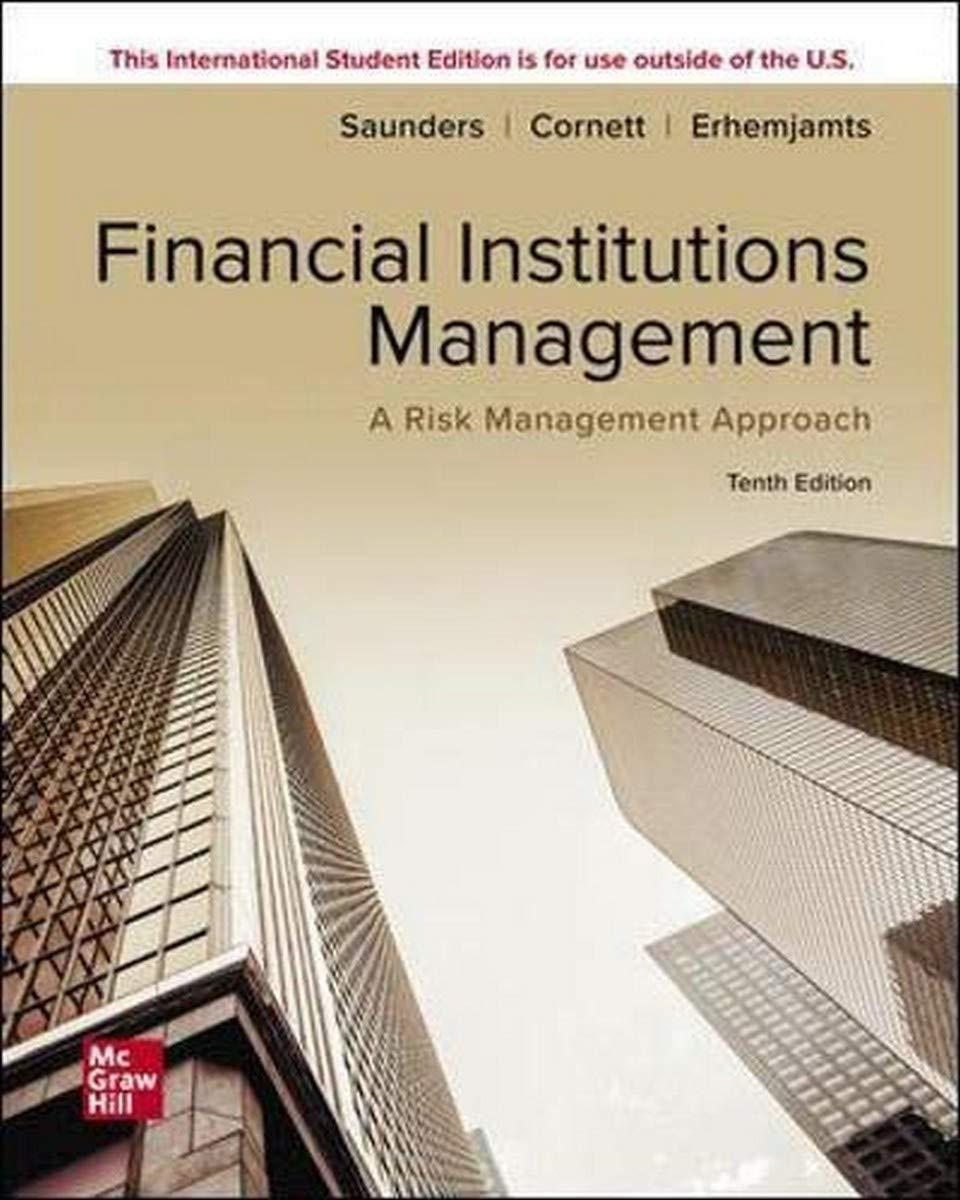3.8 Cash Planning: A startup investment project needs money to cover its cas flow needs. The cash income and expenditures for the period January throug April are as follows. January February March April Total -450 500 250 Month Cash flow ($000)-150 150 At the beginning of May, all excess cash will be paid out to investors. There are two ways to finance the project. One is the possibility of taking out a long-term loan at the beginning of January. The interest on this loan is 1% per month, payable on the first of the month for the next 3 months. This loan can be as large as $400,000; the principal is due April 1; and no prepayment is permitted. The alternative is a short-term loan that can be taken out at the beginning of each month. This loan must be paid back at the beginning of the following month with 1.2% interest. A maximum of $300,000 may be used for this short-term loan in any month. In addition, investments may be made in a money market fund at the start of each month. This fund will pay 0.7% interest at the beginning of the following month. Assume the following about the timing of cash flows For months in which there is a net cash deficit, sufficient funds must be on hand at the start of the month to cover the net outflow. For months in which there is a net cash surplus, the net inflow cannot be used until the end of the month (i.e., the start of the next month). (a) What is the maximum amount that can be returned to investors? What is the optimal amount of money to borrow from each of the potential loan sources? (b) Show the network diagram corresponding to the solution in (a). That i label each of the ares in the solution and verify that the flows are consistent with the given information. (c) Explain the cost of funds for each month in the planning period. That is, i there were a $1000 change in the cash flows for any month, what would be the dollar change in the amount returned to investors? 3.8 Cash Planning: A startup investment project needs money to cover its cas flow needs. The cash income and expenditures for the period January throug April are as follows. January February March April Total -450 500 250 Month Cash flow ($000)-150 150 At the beginning of May, all excess cash will be paid out to investors. There are two ways to finance the project. One is the possibility of taking out a long-term loan at the beginning of January. The interest on this loan is 1% per month, payable on the first of the month for the next 3 months. This loan can be as large as $400,000; the principal is due April 1; and no prepayment is permitted. The alternative is a short-term loan that can be taken out at the beginning of each month. This loan must be paid back at the beginning of the following month with 1.2% interest. A maximum of $300,000 may be used for this short-term loan in any month. In addition, investments may be made in a money market fund at the start of each month. This fund will pay 0.7% interest at the beginning of the following month. Assume the following about the timing of cash flows For months in which there is a net cash deficit, sufficient funds must be on hand at the start of the month to cover the net outflow. For months in which there is a net cash surplus, the net inflow cannot be used until the end of the month (i.e., the start of the next month). (a) What is the maximum amount that can be returned to investors? What is the optimal amount of money to borrow from each of the potential loan sources? (b) Show the network diagram corresponding to the solution in (a). That i label each of the ares in the solution and verify that the flows are consistent with the given information. (c) Explain the cost of funds for each month in the planning period. That is, i there were a $1000 change in the cash flows for any month, what would be the dollar change in the amount returned to investors







